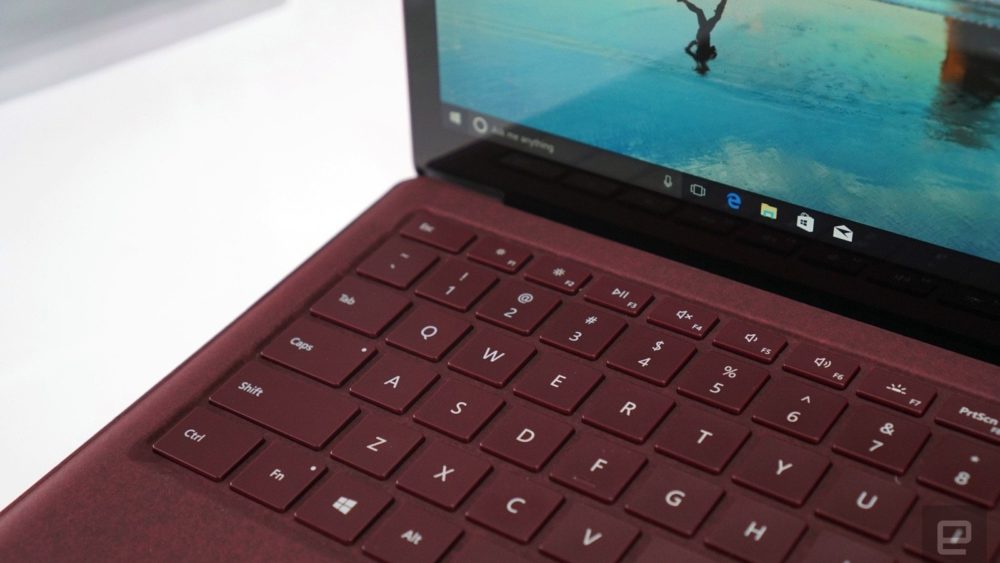This column highlights some of the more notable recent online notices, newsletters, and blogs dealing with IP prosecution issues.
IPWatchdog – a patents and patent law blog – IPwatchdog.com
* In a post on October 6, 2017, Robert Schaffer and Joseph Robinson discuss a cautionary example of when an equivalent encroaches on the prior art, in light of Jang v. Boston Scientific Corp., 2016-1275, 2016-1575 (Fed. Cir., Sep. 29, 2017) (http://www.ipwatchdog.com/wp-content/uploads/2017/10/16-1275.Opinion.9-27-2017.1.pdf ). (http://www.ipwatchdog.com/2017/10/06/patentee-fails-equivalents-ensnare-prior-art/id=88946/).
* The October 13, 2017 article discusses Regeneron Pharmaceuticals, Inc. v. Merus N.V., 2016-1346 (Fed. Cir. July 27, 2017) (http://www.cafc.uscourts.gov/sites/default/files/opinions-orders/16-1346.Opinion.7-24-2017.1.PDF), which held that inequitable conduct may be inferred regarding a patent from later litigation activities. (http://www.ipwatchdog.com/2017/10/13/federal-circuit-inequitable-conduct-inferred-later-patent-litigation/id=88978/).
* The October 20, 2017 post addresses intrinsic evidence relating to Section 101 patent eligibility as described in Secured Mail Solutions LLC v. Universal Wilde, Inc., No. 2016-1728 (Fed. Cir., Oct. 16, 2017) (http://www.ipwatchdog.com/wp-content/uploads/2017/10/CAFC-Secured-Mail-Solutions-LLC-v.-Universal-Wilde-Inc-No.-16-1728-10-12-2017.1.pdf ) which found that claims may be found abstract at the motion to dismiss stage based on intrinsic evidence from the specification without need for “extraneous fact finding outside the record.” (http://www.ipwatchdog.com/2017/10/20/patent-ineligible-claims-dismissed-intrinsic-evidenc/id=89379/).
Wegner’s Writings – Hal Wegner’s blog – a lot of great stuff – www.laipla.net/news-blog/blog.
* On October 31, 2017, Hal presented his paper, “Post Grant Patent Challenges Procedures under Fire at the Supreme Court” (http://www.laipla.net/wp-content/uploads/2017/11/PostGrantPaperOct31RR.pdf ) , which provides patent drafting tips and discusses challenges in the anticipated wake of a merits decision in the currently pending Oil States Energy Services case scheduled to be argued at the Supreme Court on November 27, 2017 on the question, “Whether inter partes review violated the Constitution by extinguishing private property rights through a non-Article III forum without a jury.” (http://www.laipla.net/final-paper-for-distribution-post-grant-patent-challenge-procedures-under-fire-at-the-supreme-court/).
Patent Docs – A patent blog – patentdocs.typepad.com/patent_docs
* In the October 15, 2017 post, Donald Zuhn discusses Nevro Corp. v. Boston Scientific Corp., (N.D. Cal., Oct. 4, 2017) (http://patentdocs.typepad.com/files/order-granting-motion-to-strike.pdf) in which the court granted a motion to strike an inequitable conduct defense. The Examiner was confused regarding the inherent disclosure in a reference and the patent practitioner did not have a duty to correct the Examiner’s confusion. (http://www.patentdocs.org/2017/10/nevro-corp-v-boston-scientific-corp-nd-cal-2017.html).
Patently-O – a blog written by Dennis Crouch – www.patentlyo.com.
* The October 11, 2017 post by Professor Crouch discusses the opinion in Owens Corning v. Fast Felt Corp., 2016-2613 (Fed. Cir., October 11, 2017) (http://www.cafc.uscourts.gov/sites/default/files/opinions-orders/16-2613.Opinion.10-6-2017.1.PDF), that overcoming an obviousness rejection by showing that a reference “teaches away” from a combination must involve the reference teaching away from all embodiments of the subject claim. (https://patentlyo.com/patent/2017/10/teaching-reference-embodiments.html).
* The October 17, 2017 post by Professor Crouch presents a chart of his research results on the percent of US-originated patents claiming priority to provisional applications, indicating a steady upward trend. (https://patentlyo.com/patent/2017/10/originated-provisional-application.html).
* The October 20, 2017 post by David Hricik mentions a web page, “Ask Alice!” (http://alice.cebollita.org:8000/predict), which allows you to enter a claim and get a prediction as to whether the claim is eligible under 35 U.S.C. § 101, based on analysis of more than 30,000 applications and office actions. (https://patentlyo.com/hricik/2017/10/automated-analysis-eligibility.html).
Spicy IP – An IP blog focusing on India – spicyipindia.blogspot.com/
* A guest post on October 22, 2017, by Pankhuri Agarwal discusses the Federal Circuit’s opinion, Amgen Inc. v. Sanofi, 2017-1480 Fed. Cir., Oct. 5, 2017) (http://www.cafc.uscourts.gov/sites/default/files/opinions-orders/17-1480.Opinion.10-2-2017.1.PDF), regarding the relevance of post-priority documents to determine enablement and the sufficiency of written description. (https://spicyip.com/2017/10/federal-circuit-adds-more-clarity-or-confusion-in-amgen-v-sanofi.html)
Miscellaneous –
* The Chisum Patent Academy holds upcoming patent law seminars in Houston, Texas on March 5-6, 2018 and Cincinnati, Ohio on March 8-9, 2018. There will be a Seattle, Washington seminar in the fall of 2018. There are a possible 18 CLE credits for these seminars. Each seminar is limited to ten attendees. More info at https://chisum-patent-academy.com/upcoming-patent-law-seminars/.
For more information about any of the patent topics mentioned consult Patent Application Practice. Trademark topics are discussed in Trademark Registration Practice. Both are published by West and updated twice a year. For patent prosecution or litigation questions, contact Fred Douglas at 949/293-0442 or by email at fdouglas@cox.net.




Comments are closed.